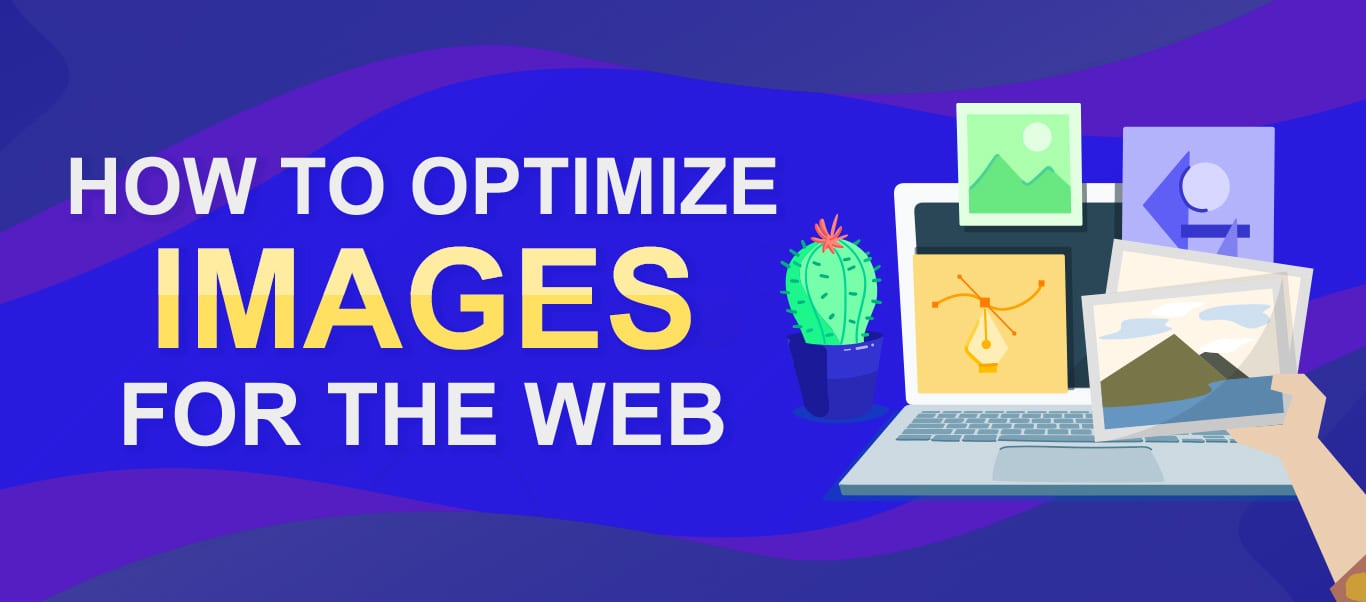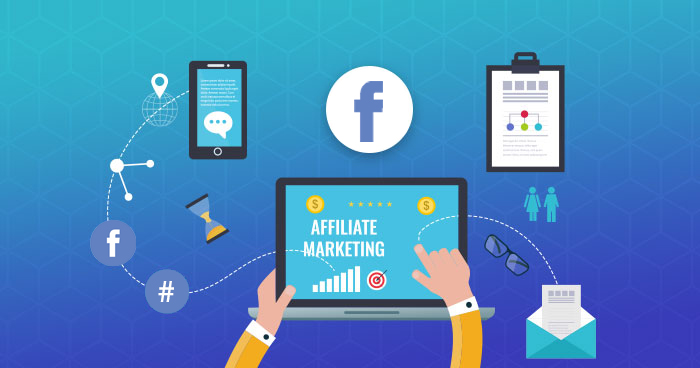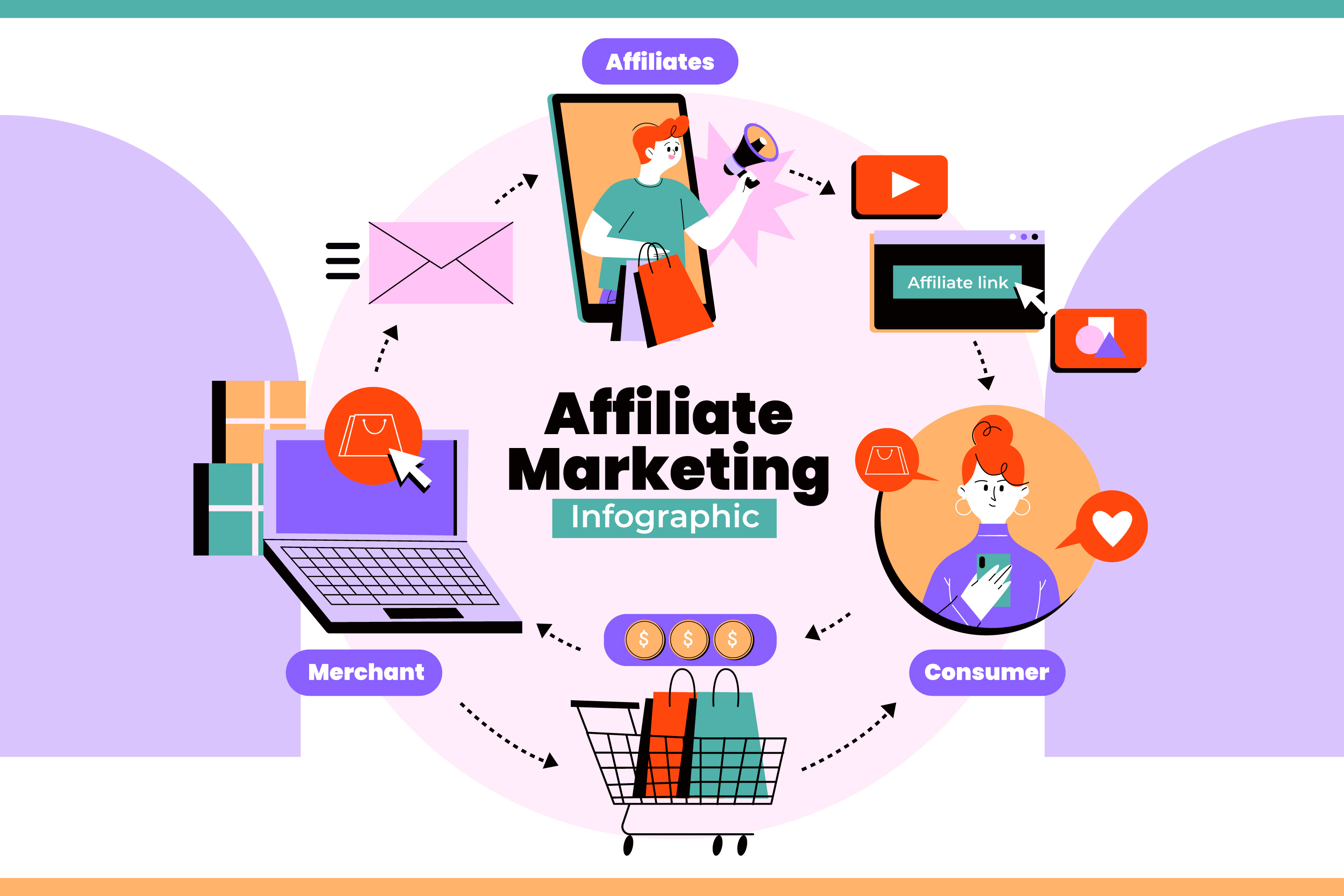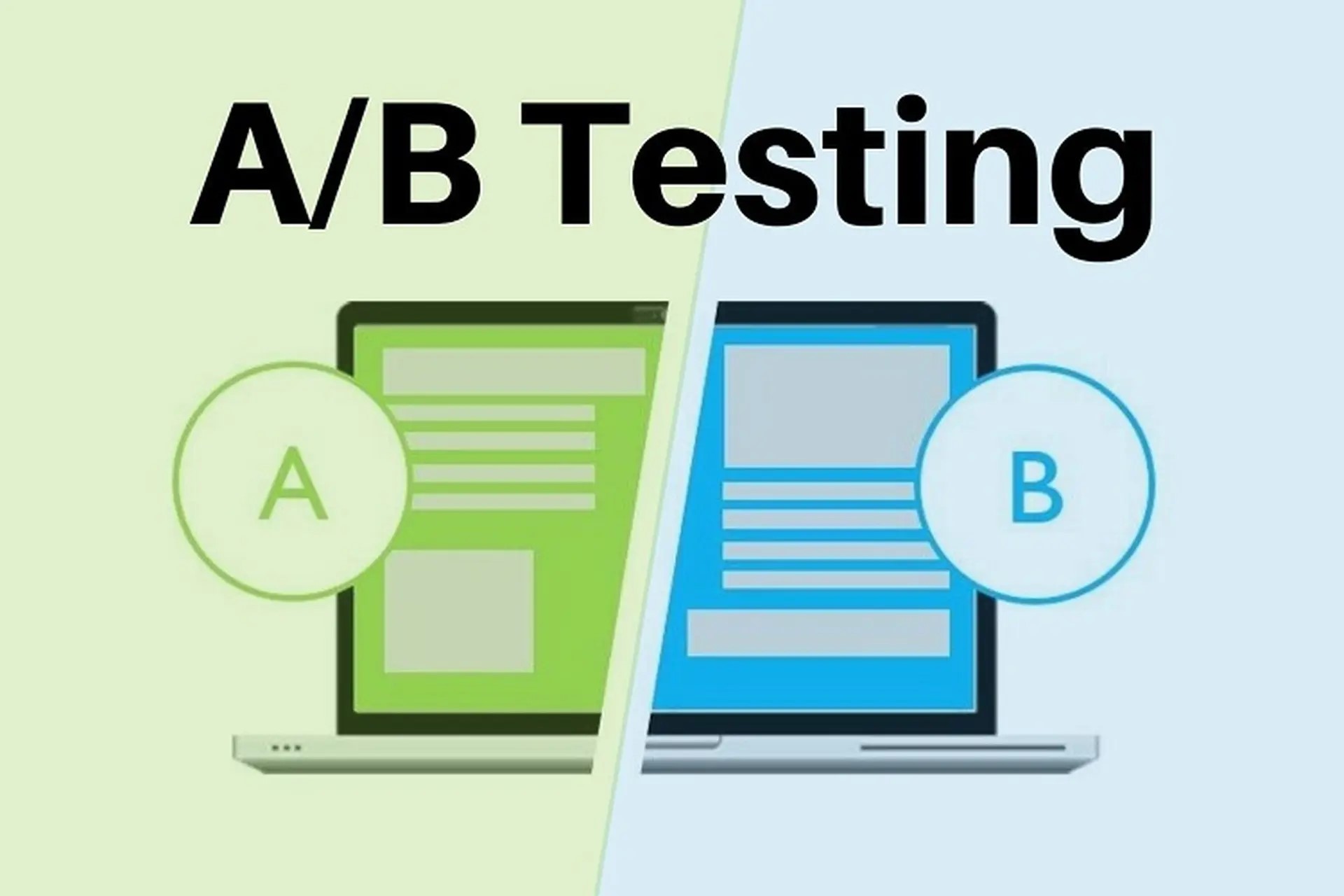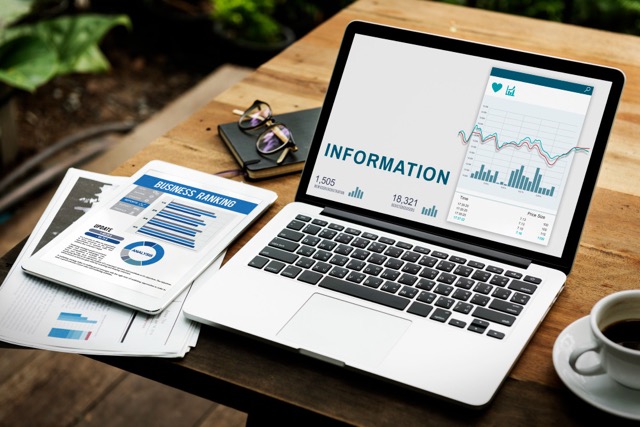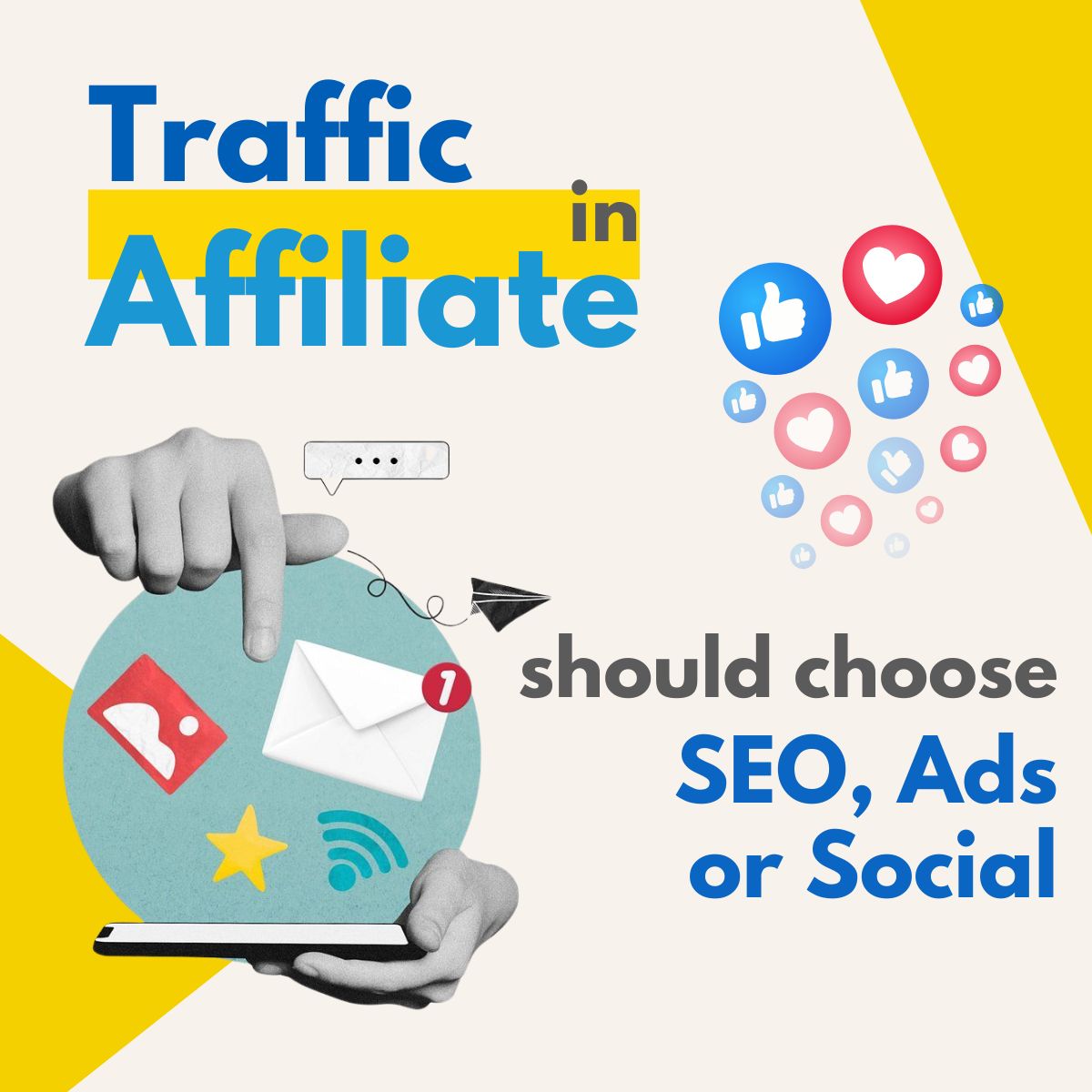The question of how to optimize website images for SEO effectiveness has recently garnered significant attention. Optimizing website images is not merely a crucial step but an indispensable factor in building a successful website. Product images play a pivotal role in your online store, profoundly influencing the user experience during their visit.
What is Image Optimization?

Image optimization is the practice of reducing the size of an image file while maintaining high quality, aiming to decrease page load times without significantly affecting the user experience.
Simultaneously, it involves image SEO, optimizing product images and decorative images to rank high on search engines like Google and other image search engines.
Purposes of Optimizing Images for SEO

The primary goal of website image optimization is to enhance image SEO, considered one of the best strategies for optimizing a website's content.
This aims to improve the website's ranking on search engines, reduce server capacity, positively impact page loading speed, and provide the most comfortable user experience.
Increase Google Search Rankings
Optimizing website images doesn't have to be complicated and is considered an essential step in the process of optimizing content according to SEO standards. With basic image optimization, a website's search ranking on the Google toolbar can be significantly improved. Utilizing image search, Google can scan and understand websites more quickly, helping bring your site to the top for related queries.
Takes Up Little Server Space
In many cases, you often do not use all the space in the hosting package. Optimizing images will take up less space, the website will run smoother, save resources, and reduce server costs if you pay according to the capacity used.
Website Loads Faster
Slow page load speeds can negatively affect user experience, causing them to leave immediately. Few people can afford to wait for images to upload. Therefore, optimizing website images is important to improve page loading speed.
Visitors Stay on the Site Longer
All the elements of increasing page load speed, improving user experience, and reducing latency. Google's image search capabilities are stimulated, while light images help reduce the load on the server. All of this combined creates a favorable environment, making visitors more inclined to stay on the website longer.
Ways to Optimize Images for Websites
Here are ways to optimize photos for the most detail and effectiveness:
Choose Good Quality Photos

For a business website, especially an e-commerce platform, image optimization becomes extremely important. Because customers cannot directly experience the product, they must rely on images to better understand. Image quality plays a decisive role because if they are unclear or lacking information, customers will lose trust. This results in a loss of potential sales opportunities. Therefore, images need to be sharp, conveying messages clearly and vividly to ensure the success of online business.
Use the Correct Image Format
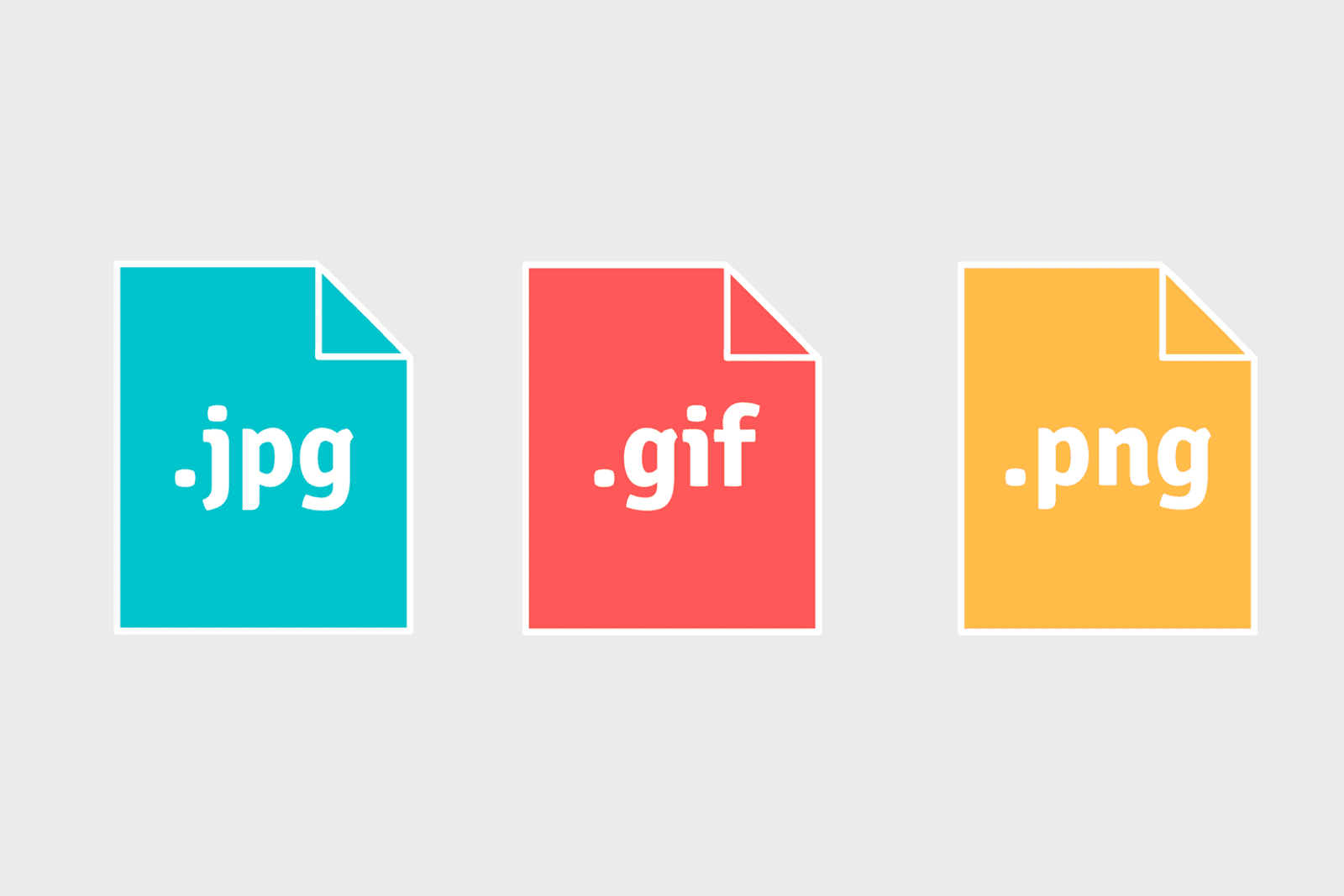
Every image file has a suffix, which usually represents a format such as JPEG and PNG. Identifying the right format helps customers easily understand information and images on your website. Using the correct image format is an effective way to optimize.
JPEG is often preferred for images due to its small file size while still maintaining quality.
PNG is suitable for images such as logos, vectors, and screenshots with larger file sizes.
JPG is a popular choice, however, it may lose quality when resized.
GIFs are a dynamic image format, suitable as an alternative to MP4 with a small file size.
Compress - Reduce Image Size

When compressing images, it is important to maintain a balance between quality and size, as less compression preserves better quality. Here are three popular methods to compress and reduce image size for websites:
Use Photo Editing Software: Adobe Photoshop, Gimp, Affinity Photo, and Paint.NET are popular software. Requires photo editing knowledge but offers many options for optimizing images on WordPress.
Automated Image Compression Applications: Use automated applications such as JPEGmini and TinyPNG or desktop tools such as ImageOptim, OptiPNG, and Trimage.
Using WordPress Image Compression Plugin.
Set a Title and Tag for the Photo
Image titles appear when users click on the image and play an important role in SEO. Giving images titles and tags is a simple way to optimize images on your website.
Setting titles and tags help Google clearly understand the content of the website.
For Each article and the first image should contain the main keyword, while subsequent images should use secondary keywords or be related to the content surrounding the image. This helps optimize and clearly define your website.
Save Photo Names Properly
File names play an important role in improving rankings on Google Search Image. Avoiding storing names with meaningless characters is a basic rule. Optimizing images can be as simple as naming them according to keywords or describing the image content.
Set the file name according to rules such as no accents and hyphens between words, be sure to contain the main keyword, and avoid special characters like “/, #, ?”. Although the operation is small, it has a big impact on surpassing competitors in optimizing images for the website.
Add Captions to Photos
Adding a caption is providing a descriptive text that appears below the image in the article, to provide more information and convey a more detailed message.
However, not all images need captions. This depends on the specific needs and reasonableness from the reader's perspective. Do not apply too much just to comply with SEO standards to optimize images for the website.
Number of Photos Per Post
Every normal article, with about 1000 words, needs at least 3 or more images to maintain interest and avoid the feeling of long-winded content for readers.
You should not put too many images in one article. This will affect the website's page loading speed. In cases where many images need to be used, users need to optimize image capacity and size to improve page loading speed.
In conclusion, optimizing images for a website involves various considerations to enhance user experience and SEO performance. The combination of high-quality images, proper formats, compression, and thoughtful naming and tagging contributes to a successful image optimization strategy.
